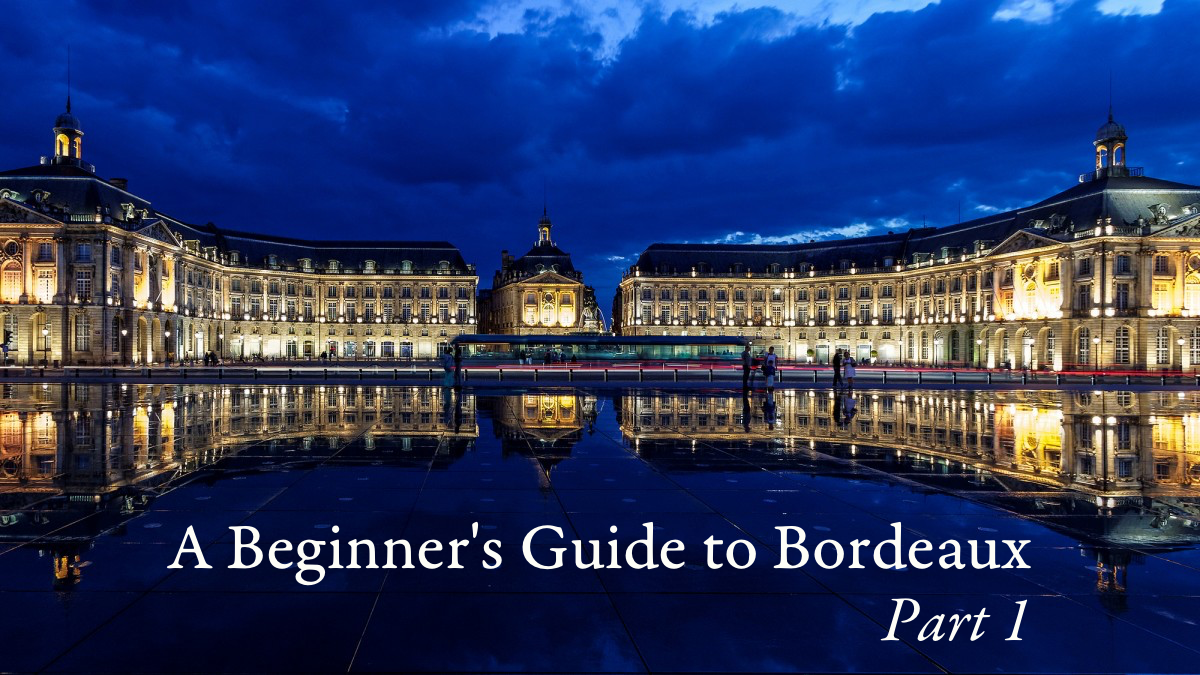It seems almost too appropriate for us to start our exploration of French wine with Bordeaux. The name is synonymous with rolling green vineyards, majestic chateaux, and high quality, ageable wines.
History
As Bordeaux lies on France’s Atlantic coast, it naturally became a bustling port city, with ships regularly stopping on their way to and from other European ports. This ease of trade is one of the major reasons why Bordeaux wines are known the world over. In the earliest days of the wine trade, barrels labeled Bordeaux were already being singled out as being of above average quality.
The Bordeaux region was first loved for its sweet white wines from the area Sauternes. In the 1700’s, Thomas Jefferson was a huge fan of these wines, and as a whole, sweet wine was more popular than dry wines. Bordeaux’s red wines didn’t begin to become the superstars they are today until this 1800’s. Their popularity was bolstered by a set of laws and decrees that codified the best producers of the region, by ranking them into groups of 1 through 5.
This is now called the “1855 Classification,” and it’s still extremely important today. We’ll talk a little more about this in next week’s “Part 2” post.
The Major Grapes
Reds:
Cabernet Sauvignon – This intensely flavored and complex grape is the second most widely planted in Bordeaux. It provides structures to wines, especially those of Bordeaux’s Left Bank.
Merlot – The most widely planted grape in Bordeaux, merlot features prominently in all red Bordeaux wines where it adds depth and roundness to the blend.
Cabernet Franc – A wonderful grapes that can add aromas of spice and flowers to blends. It plays an important part in the wines from Bordeaux’s Right Bank.
Malbec – Sometimes called côt, this grape is often added in tiny amounts to blends to add depth and nuance.
Petit Verdot – Very little petit verdot is planted and used in the wines of Bordeaux, but even a small amount can add a rich color and intensity to the blend.
Whites:
Sauvignon Blanc – A light and crisp wine with notes of green herbs and citrus. This is almost always blended with semillon.
Semillon – Sometimes known for its strong notes of lanolin, this is blended with sauvignon blanc to add structure to long aging white blends. It’s also the main grape in the sweet wine called Sauternes.

